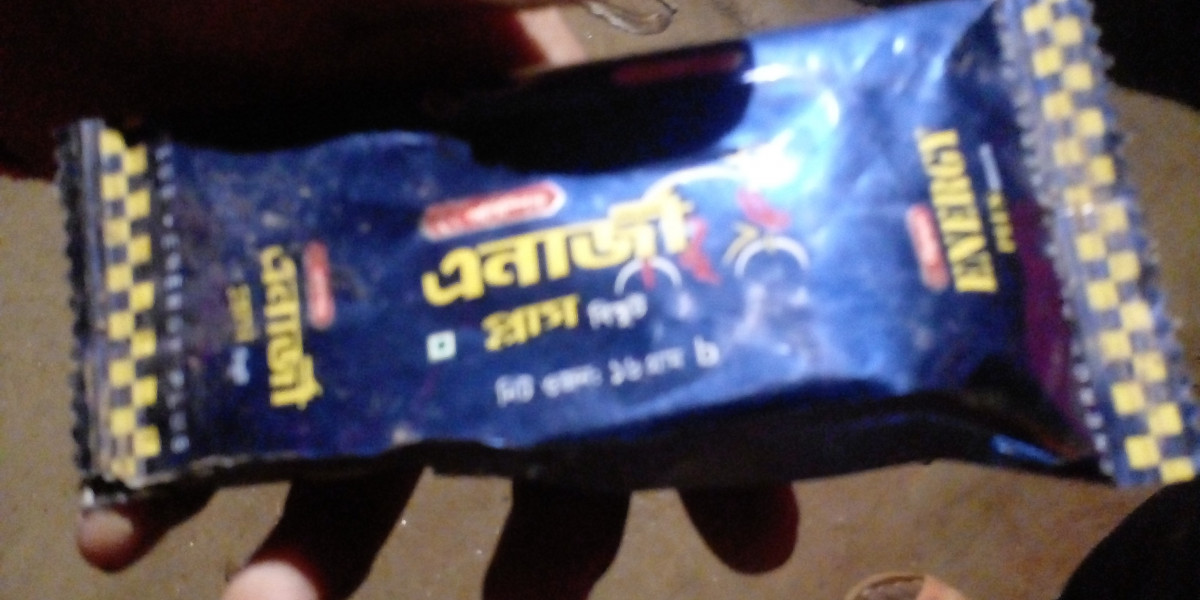Great way to clean water tank in 1 minute
September 18, 20243 Mins Read
Lifestyle Desk: No matter how clean the water tank used for daily use is, the tank can eventually cause damage if not cleaned properly. Due to prolonged use, algae and bacteria accumulate inside the tank and mix with the water. After boiling that water, the risk of disease remains.
water tank
If the tank is properly cleaned and disinfected at least once a year, you can safely drink and use the water throughout the year. Today there are simple tips for cleaning the water tank.
Empty the tank and allow it to dry: First of all, open the tap of the water tank and empty the tank. Even if all the water comes out, the water below will not come out easily. For that use bucket first and then use plastic mug or cup. Remove all water from the bottom with a wet or dry vacuum, then dry thoroughly with a dry towel. If the tank is small in size then several people can turn the tank upside down and drain it. After draining, leave the tank for a while to dry.
Clean the inside of the tank: Prepare a cleaning solution by mixing warm water and liquid detergent or detergent powder, depending on the size of the tank. Then dip a nylon brush or sponge in the solution and scrub the inside of the tank thoroughly. A brush with a small handle should rub crosswise. And if the brush has a big handle, it should be rubbed vertically. A brush with a larger handle to get to the bottom of the tank would be better. Don't forget to use a steel brush or sponge, they will damage the plastic of the tank.
Pay special attention to the walls: Detergent water should clean the walls of the tank. If not, sprinkle baking soda on the tank walls and scrub with a brush. Corners and joints are quite difficult to clean, so these areas should be scrubbed with a small toothbrush. Keep scrubbing stubborn stains until they are clear.
Wash off the dirt: After the inner area of the tank is completely clean, wash off the dirt with tap water. Continue spraying the water until the stubborn dirt is mixed with the water. Then turn off the faucet of the tank and throw the water out. If you want, you can pour hot water into the tank and keep it for a few hours, then take it out. If necessary, change the water several times and wash the tank to thoroughly clean the dirt and detergent. For larger tanks, clean bottom debris using a vacuum and dry towel/mopping brush.
Clean the tank pipes: Pour some cleaning solution into the tank pipes. Then use a water pump to pump the solution into the pipe to remove the dirt. Then rinse with warm water. Clean the pipe by pumping the solution and hot water a few more times if necessary.
Sterilize the tank: To sterilize the tank after cleaning, first fill it three-fourths full with clean water. Then pour a generous amount of chlorine bleach into it. There is a certain size for how much to pour.
* 4 cups of bleach for a 250 gallon tank,
* half a gallon of bleach for a 500 gallon tank,
* a quarter gallon of bleach for a 750 gallon tank,
* a full gallon of bleach for a 1000 gallon tank.
After pouring the bleach, fill the rest of the tank with water, so that the bleach mixes well with the water. Then leave the tank like that for 24 hours. After the specified time, open the faucet and drain the chlorine water. Use the towel and vacuum as before to water the floor.
Dry before filling water: After bleaching, dry the tank again. If you dry it well and fill it with water, there will be no smell. In this case, keeping it empty for 7-8 hours would be better.
World's oldest primary school student dies
Caution: During the entire process of cleaning the water tank, make sure that its dirty or chemically mixed water does not come into contact with any plants, other water sources, people, animals. Even tank cleaning is risky enough. So use protective equipment while cleaning.



















































